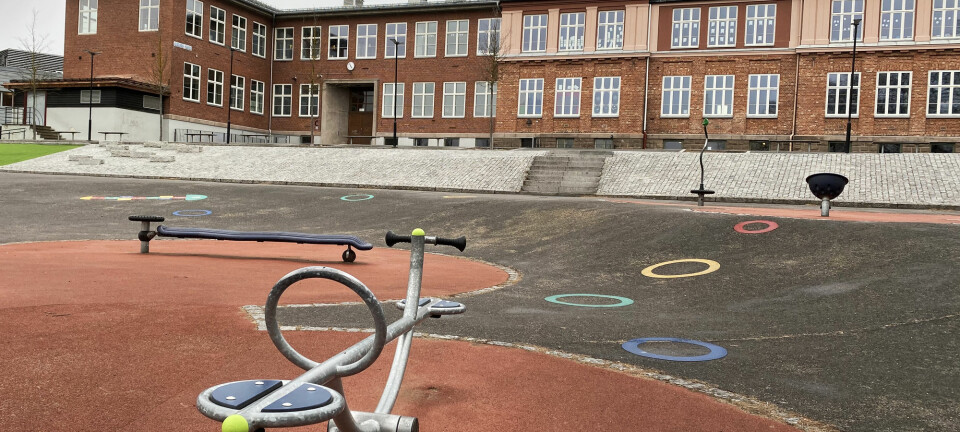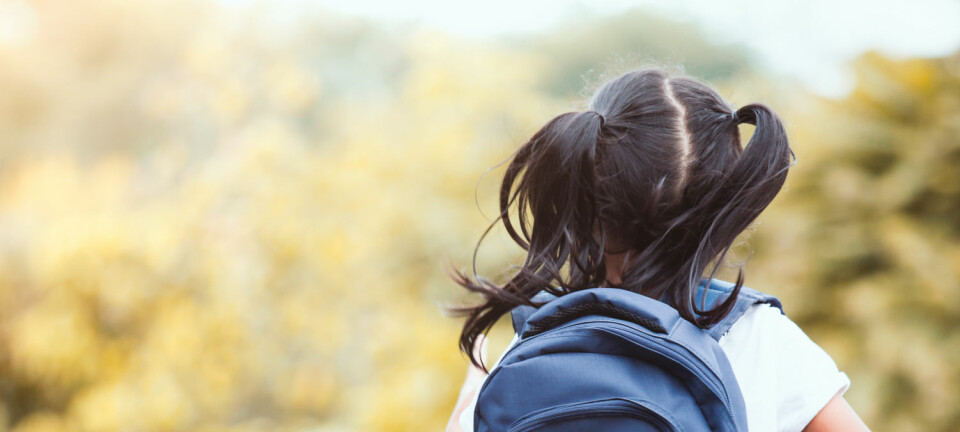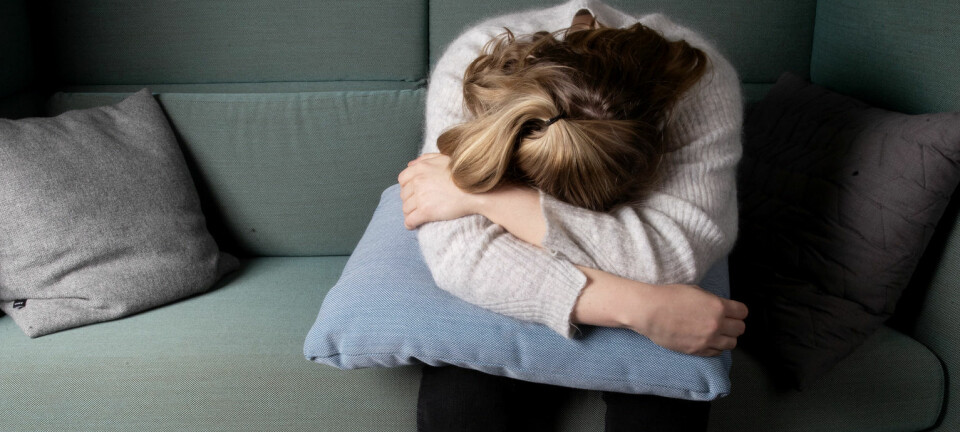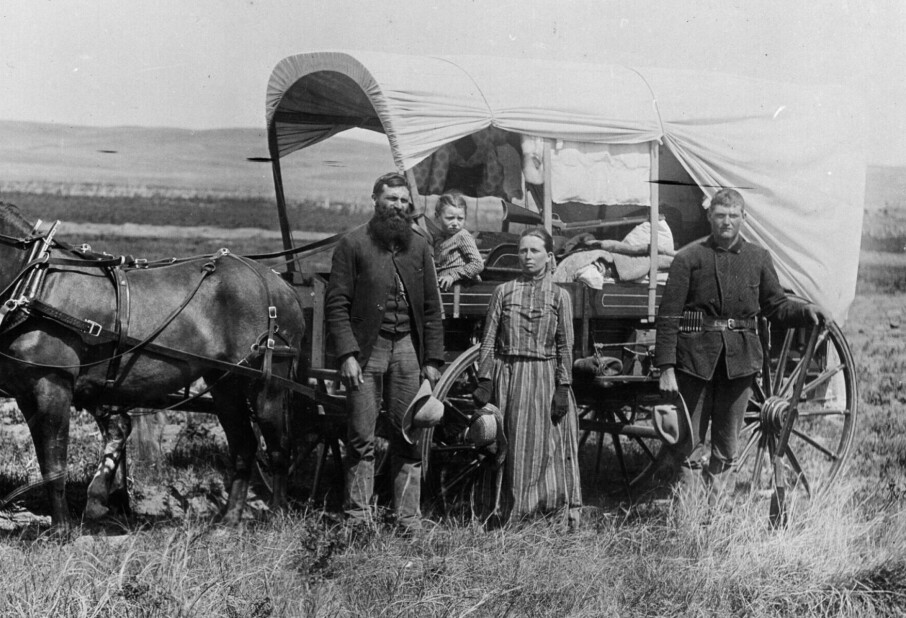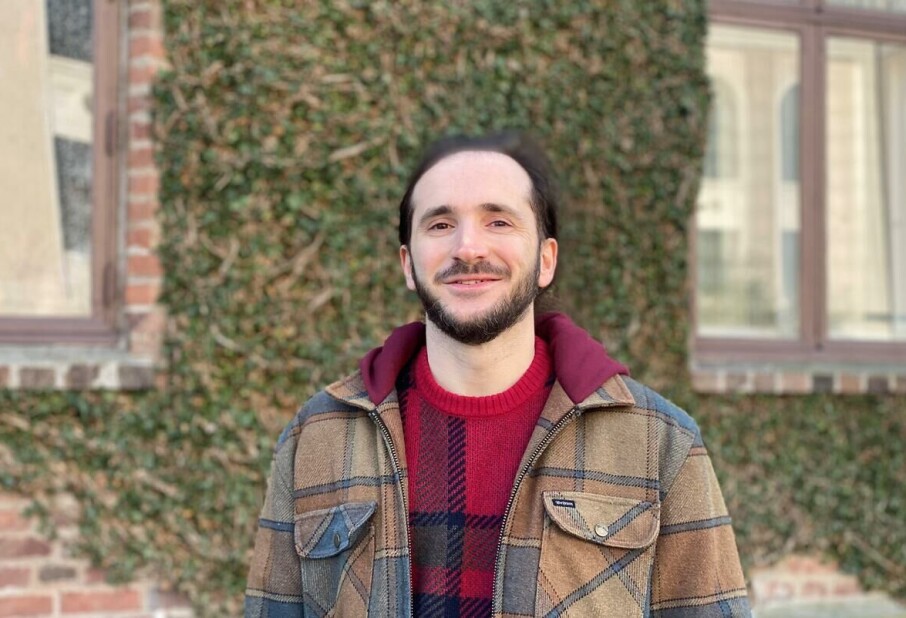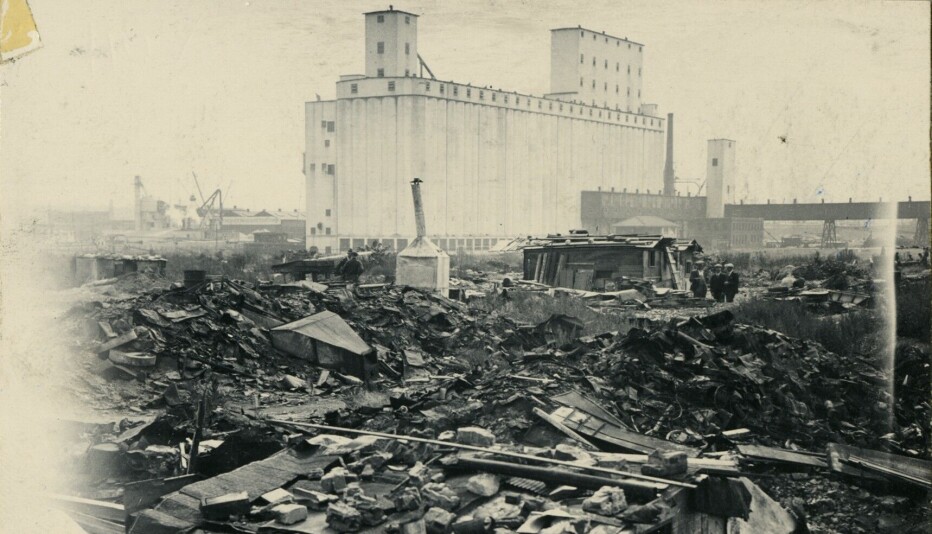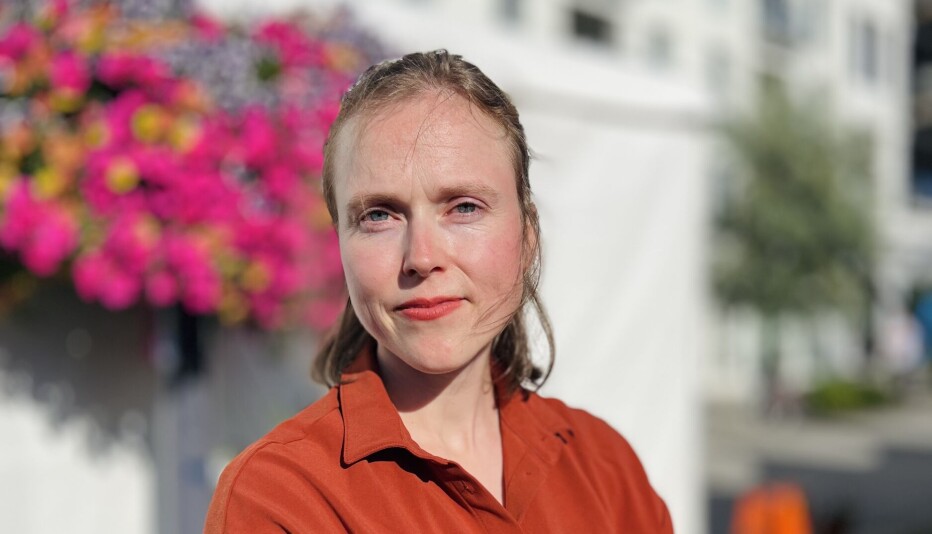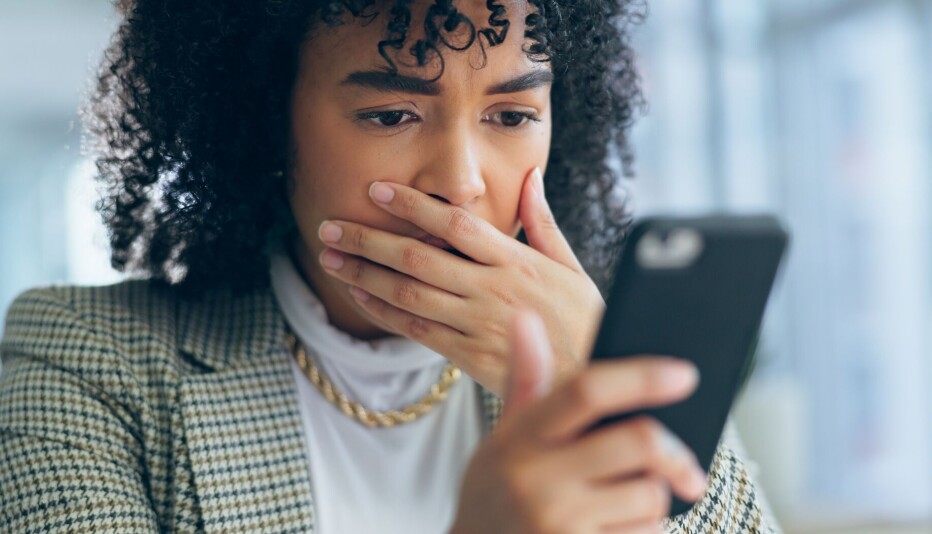
Closing schools did not give a better effect than strict infection measures
Comparing Norwegian municipalities that chose different strategies allowed researchers to compare.
To close or not to close the schools has been one of the hotly debated issues of the Covid 19 pandemic. Different countries have chosen different strategies, and effects have been hard to study.
Norway has been in its third wave of infections since February 2021, dominated by the British mutation of the virus.
Different municipalities have chosen different strategies for their schools. Some closed the schools and offered only digital learning, others kept their schools open with strict infection measures.
This has allowed researchers to compare the two.
Closing schools gave no added effect
The Norwegian Directorate for Health and Social Affairs have created a tiered infection control system modelled on traffic lights. Three different levels have a range of measures that aim to reduce physical contact between people.
At the green level, students and staff are to avoid physical contact. Hugs and handshakes are off the table. At the yellow level, a class of pupils is considered a cohort, and different cohorts are in general not to mix. At the red level, a class is divided into smaller cohorts – and these not to mix.
Researchers at the Norwegian Institute of Public Health (NIPH) used various registries to monitor possible outbreaks of covid in the schools. They compared the situation before and after strict measures or school closings commenced.
“The red level appears to contribute to limit the spread of Covid among children and young people,” Pål Surén, paediatrician and researcher at the NIPH, said in a press release.
“When taken together with other contact reducing measures in society, the total number of cases in the municipalities is reduced. We see no added effect by choosing digital home schooling in our analyses of infection levels,” he says.
Researcher: "Use the traffic light model"
Moving schools to the red level of infection measures is a better option than closing schools and offering digital learning in a municipality with high levels of transmission, according to the researchers.
Home schooling as an infection control measure has large and well documented negative effects, according to the press release.
NIPH writes that it can be used when necessary in order to get control over an ongoing outbreak at a specific school but advises that it be kept as short as possible due to the negative consequences. If many students or teachers are quarantined it might also be useful to move classes online.
“The ambition however should be to use the traffic light model in the best possible way moving forward. Home schooling with digital learning is not a part of this model and should be used as little as possible,” Surén says.
Negative effect on writing skills
One Norwegian study showed that the first closing down of schools during the onset of the pandemic in Norway, had a negative effect on children’s writing skills.
“In Norway, the schools were closed due to the coronavirus for a month and a half for the youngest pupils. But the analyses of the students’ writing samples show that they had fallen one-and-a-half semesters behind the normally expected development," Professor Gustaf Skar from The Writing Center at the Norwegian University of Science and Technology said in a press release.
"We had a short shutdown, but with major negative consequences for the students’ writing skills.”
Those who already suffered, suffered more
Resarchers from the Norwegian Centre for Violence and Traumatic Stress Studies have found that every third of the youth considered vulnerable experienced reduced contact with psychiatric or school health services during the Norwegian school closing in March and April of 2020.
Research leader Carolina Øverlien has stressed the importance of not forgetting these youth – and says it’s not possible to say that we don’t know who belongs to this group.
“The schools know who they are, and the teachers know. Those who work in the system know. This means we should be able to follow up on them. Last year, during the lockdown, what happened was that those who were already suffering, were left to suffer even more,” she said to NTB.








